Miejsce wystawy:
Data wystawy:
Data wernisażu:
–
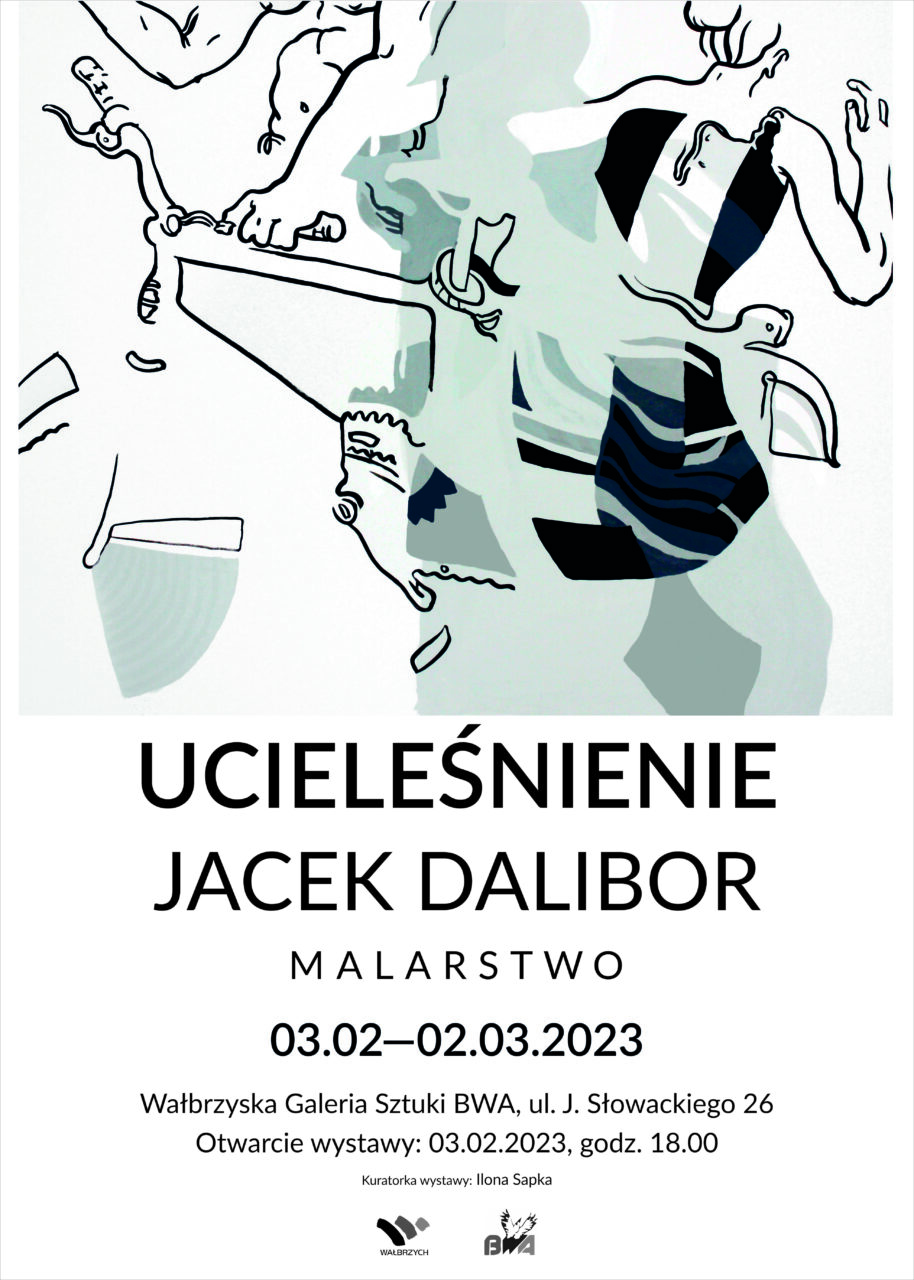
Szanowni Państwo, serdecznie zapraszamy na otwarcie wystawy malarstwa Jacka Dalibora w piątek 3 lutego 2023 na godzinę 18.00 do WGS BWA, przy ul. Słowackiego 26.
UCIELEŚNIENIE
Nie Interesuje mnie ciało nagie, ale ciało rozebrane, maluję zawsze ludzi rozebranych.
Ubranie jest zawsze rodzajem masek, przesłon, przebrań, upozorowań. Poprzez to manifestujemy nasz stosunek do rzeczywistości, nasze pragnienia, obawy, marzenia, rozczarowania. To do czego przynależymy lub do czego aspirujemy. Sytuacja rozebrania zawsze ustawia nas poza naszą zwykłą formą, jesteśmy wytrąceni z konwencji. Tylko człowiek obnażony, w swoim uwikłaniu w zasłanianie, jest tak naprawdę prawdziwy. Ucieleśnienie jest grą między anonimowością ciała obnażonego i spersonalizowaniem ciała zakrytego, jest grą interpersonalną, która polega na odsłanianiu się przed innymi.
Ciało – twarz. W starożytnej Grecji wszystkie zjawiska kulturowe postrzegano jako domenę dwóch przeciwstawnych, ścierających się światów, światów bogów Apollina i Dionizosa. Istniały one jako zjawiska opozycyjne, ale komplementarne, dwie strony tej samej monety. Apollińskość i dionizyjskość Grecy postrzegali jako opozycję między tym, co statyczne i tym, co ruchliwe, między tym, co zobiektywizowane, beznamiętne, a tym, co doraźne i emocjonalne, apolliński intelekt stawiali naprzeciw dionizyjskiej zmysłowości. Dionizyjską dynamikę zjawisk przeciwstawiali apollińskiej statyce. To, co intelektualne, temu, co sensualne. Ta opozycja dotyczyła również ciała i twarzy. Apollińską twarz przeciwstawiano dionizyjskiemu ciału. Ja w tej opozycji stoję po stronie ciała. Tak naprawdę ciało jest stwarzane dopiero przez drugie ciało. Już z samego faktu istnienia ciał obok siebie powstaje intymna relacja, pojawia się też kontekst erotyczny. Erotyka wiąże się zawsze z ekstremalnym przejawem intymnej bliskości i z uprzedmiotowieniem ciała. W przypadku erotyki te dwie rzeczy występują zawsze i nierozłącznie. Oczywiście ciało ciało również redukuje, jeśli jest przemnożone przez wielość, a nawet ciało ciało zabija, odcieleśnia, jeśli jest przemnożone przez niepoliczalność. Na plaży nudystów nie ma ciał rozebranych, są tylko ciała nagie. Ciało na plaży nudystów jest wyabstrahowane ze swojej cielesności, wzięte w nawias jakoś przez swoje przemnożenie, przez wielość innych ciał. Jest niepoliczalne, nieosobowe, nieintymne.
Ucieleśnienie jest dla mnie rodzajem relacyjnej formy, którą wytwarzamy wokół swojej cielesności, formy, która pojawia się między bezwarunkowością ciała nagiego i skonwencjonalizowaniem ciała ubranego. Formy, która istnieje między cielesnością naszą a cielesnością innych. Jak mówi Gombrowicz: „Ja sam dla siebie nie potrzebuję formy, ona jest mi potrzebna po to tylko, aby ten drugi mógł mnie zobaczyć”.
EN
THE EMBODIMENT
In his artistic output, Jacek Dalibor draws extensively from the ancient dichotomy in the perception of a human being, i.e. the Dionysian vs. the Apollonian approach. He juxtaposes the intellectual with the sensual, inactivity with motion, the objective with the dispassionate and the temporary with the emotional. It consequently all boils down to a choice between the face and the body. His protagonists actually come into being through their carnal manifestations. It is the human body, and not the face, that proves to be by far the most emotionally charged element in his works.
The human face has always been to him something of a partly illegitimate, secondary issue, something far too potently evocative of masks for his comfort as an artist. As he puts it himself: “The human body as such is never obscured by any sort of camouflage, it is always stark naked in its emotional impudence. Always ready to bear witness to its own human nature, to attest to whatever is noble and sublime within it, but at the same time to whatever might be making it prone to downfall and decay. I am very much into whatever is deeply rooted within human nature, sensuously and painfully embedded in it, as if something truly unbegotten, existing as a mere potential only”. His works constitute a kind of theatrum, whereupon the respective components fall into place one by one, like pieces of a jigsaw puzzle, to consistently make up a tale of human passion and obsession. Each successive work is therefore merely a successive scene in very much the same play.
“I spin my yarn about a woman, perceived within a clearly masculine context. Even if my drawings are populated by women only, the usual attributes through which they communicate with men (e.g. sensual lingerie) suggest that men might in fact be quite close by, if not within the actual frame. This is a masculine, totally subjective point of view. The carnality of my protagonists is not to be construed as something very much within its own right, however. Their carnality is sensual, very outgoing, rendering itself to temptation, and openly provocative, at times quite unbridled and bordering on perversity, but above all, liberating and deeply passionate. Sexuality, even when at times ostensibly licentious, is never anonymous. It is always deeply embedded within a human context, it always has a particular person as its intended recipient”.
The artist himself has expressed it all succinctly for us. Associations with theatrical performances are therefore quite uncanny here, as it is all about the things happening around, with the protagonists interacting between themselves, experiencing some sort of sensual tension. In creating graphic representations of them, he is far removed from dispassionate naturalism, and therefore decisively shuns having them closed off in a coolly objective outline.
In fact, an outline is never used to hold his protagonists captive in any way. A line combined with a splash merely suggests the forms there, as if advertising their existence, but only briefly so, since they are soon transformed into something completely surreal and subsequently blend in unobtrusively with their immediate surroundings. A human body comes therefore into being through a mere suggestion of its form, through a juxtaposition of forms and criss-crossing lines. The reality within Dalibor’s drawings is constructed through the assembly of disparate signs, as it were. Dalibor breaks down perceptible reality into its respective components, only to piece it back together again, bit by bit, in his very own, peculiar way. Some of those pieces are made to boldly stand out, as if exaggerated, imbued with brand-new meanings, while others are either eliminated altogether, or stripped of their original connotations. Dalibor seems to be very fond of making use of rather extreme means of expression and having them cruelly juxtaposed, e.g. white against black, or a thin, sharp line against a flat, fuzzy blotch. Some of the components are very diligently drawn in minute detail, while others are merely hinted at with a hasty line.
Jacek Dalibor
Urodzony 23 stycznia 1968 roku w Lublińcu. Absolwent Liceum Plastycznego w Bielsku Białej i Akademii Sztuk Pięknych im. Jana Matejki w Krakowie. Dyplom w pracowni prof. Banaszewskiego w 1995 roku.
Wystawy indywidualne:
2010 – galeria „Mostowa”, Kraków
2013 – galeria „Schody”, Warszawa
2013 – galeria „Centrum Sztuki Współczesnej Solvay” Kraków
2014 – galeria „Konduktorownia”, Częstochowa
2014 – „Galeria Podlaska” Biała Podlaska
2015 – galeria „Gołogórski”, Kraków
2015 – „Galeria sztuki Współczesnej”, Włocławek
2017 – galeria „Dwór Karwacjanów”, Gorlice 2018 – „Galeria przy Sławkowskiej”, Kraków
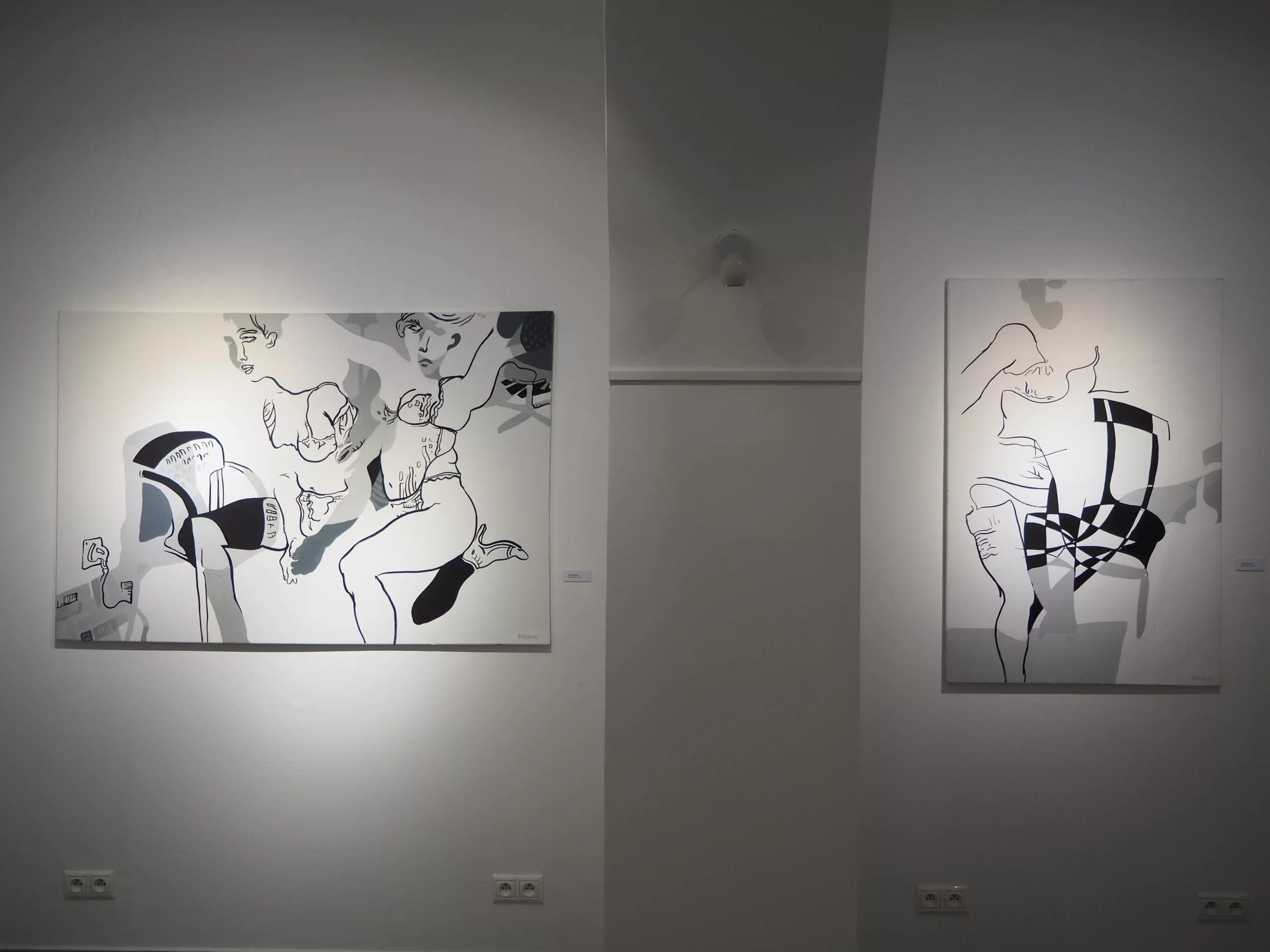
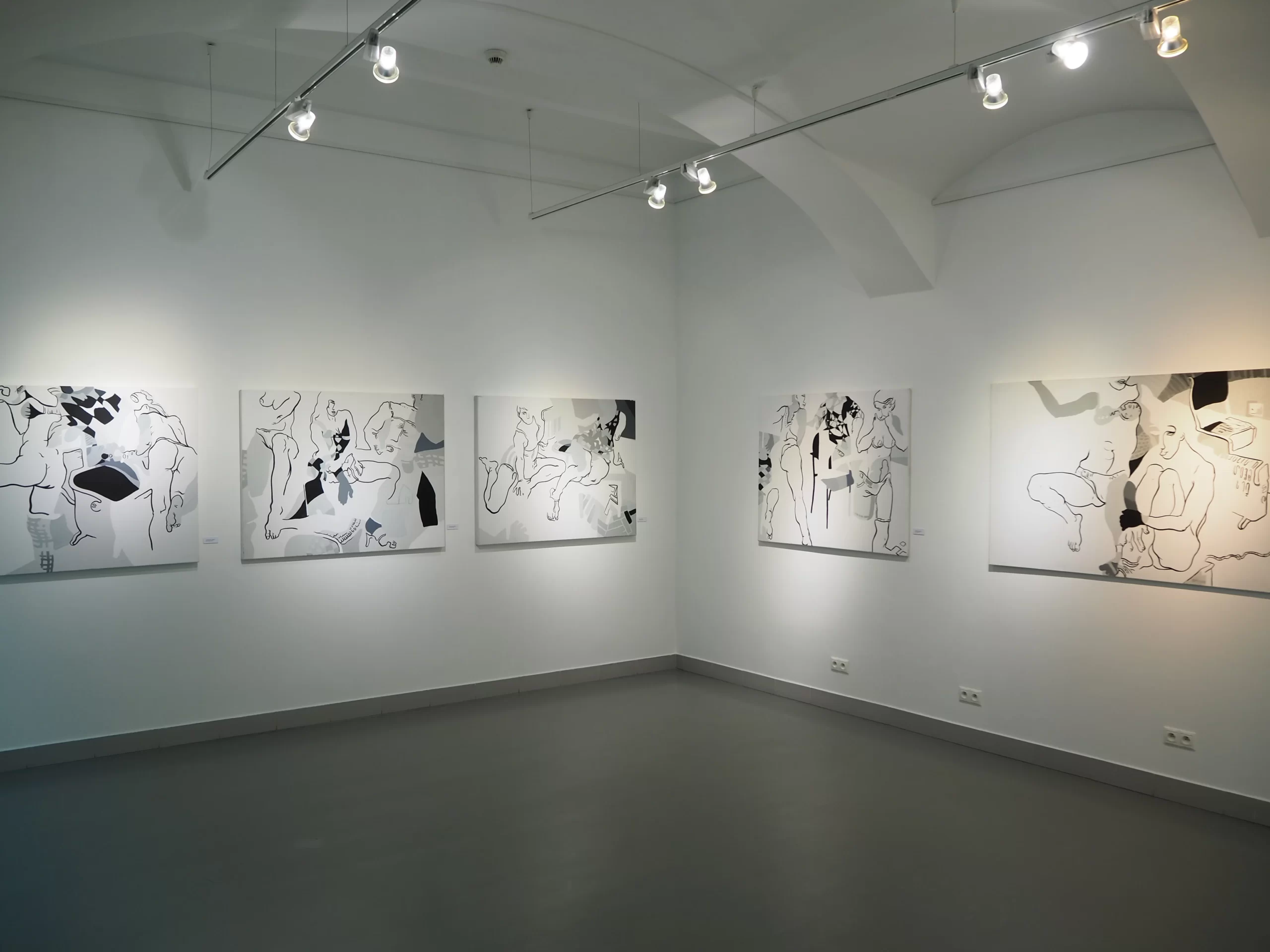



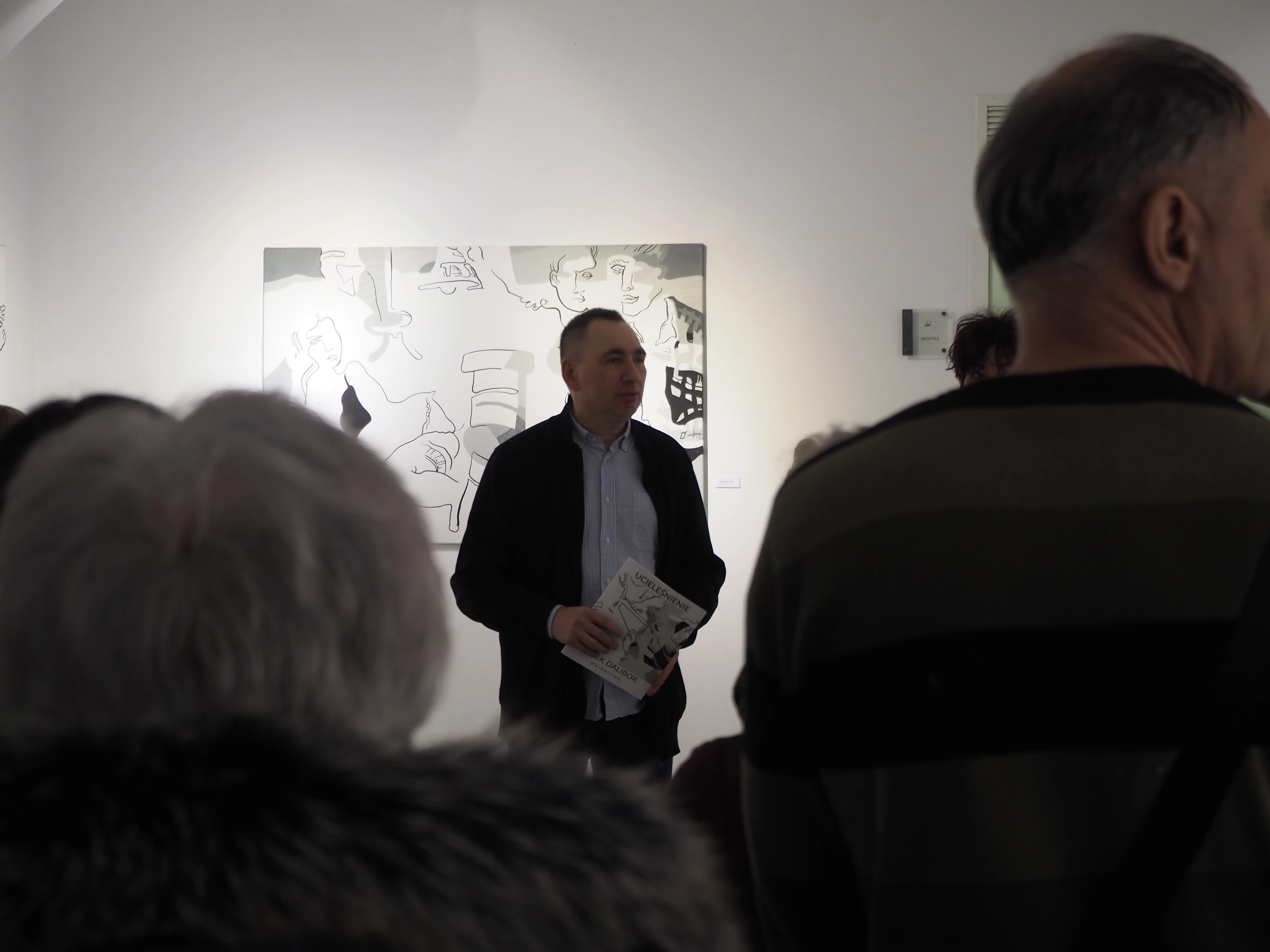

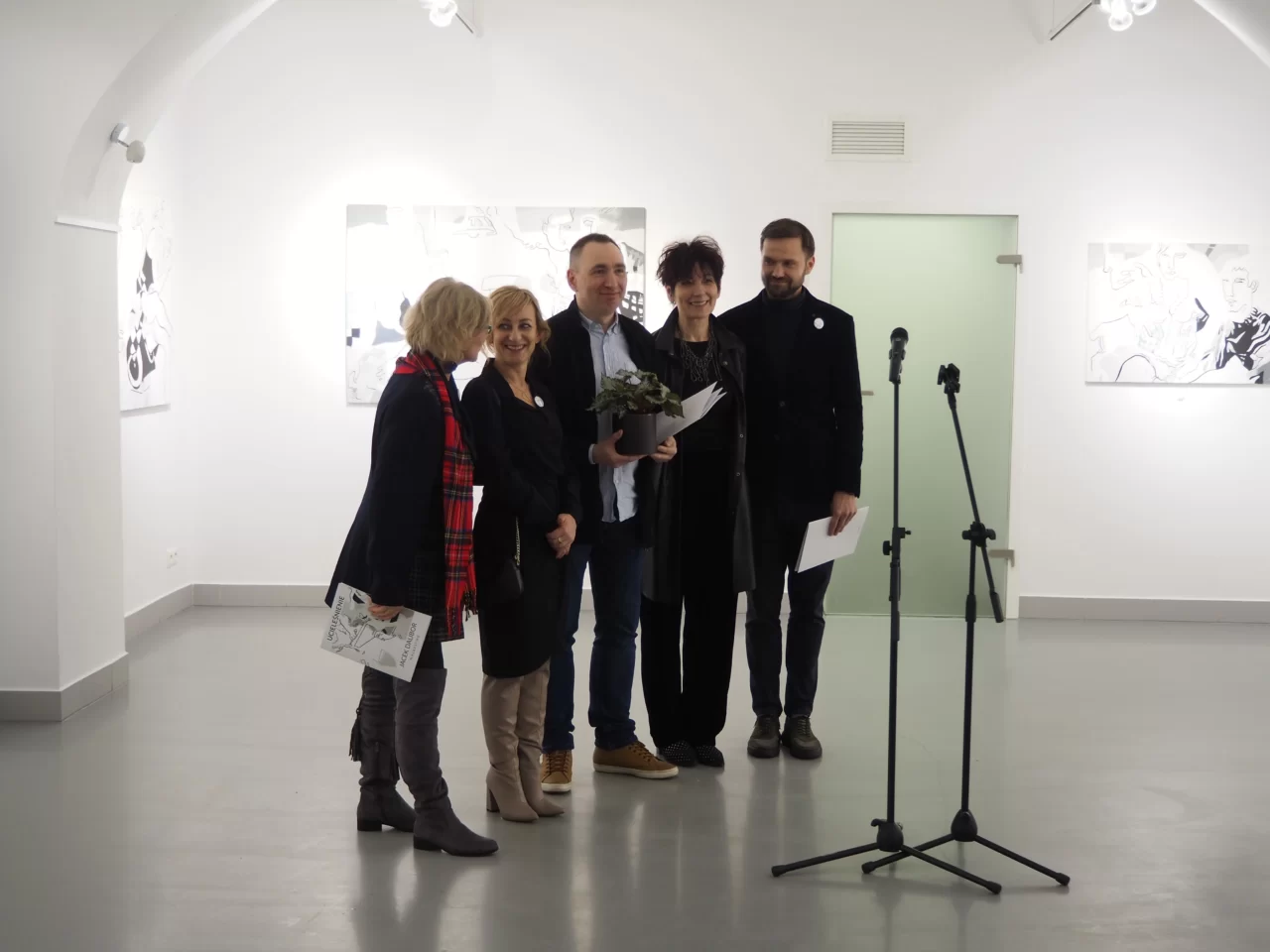
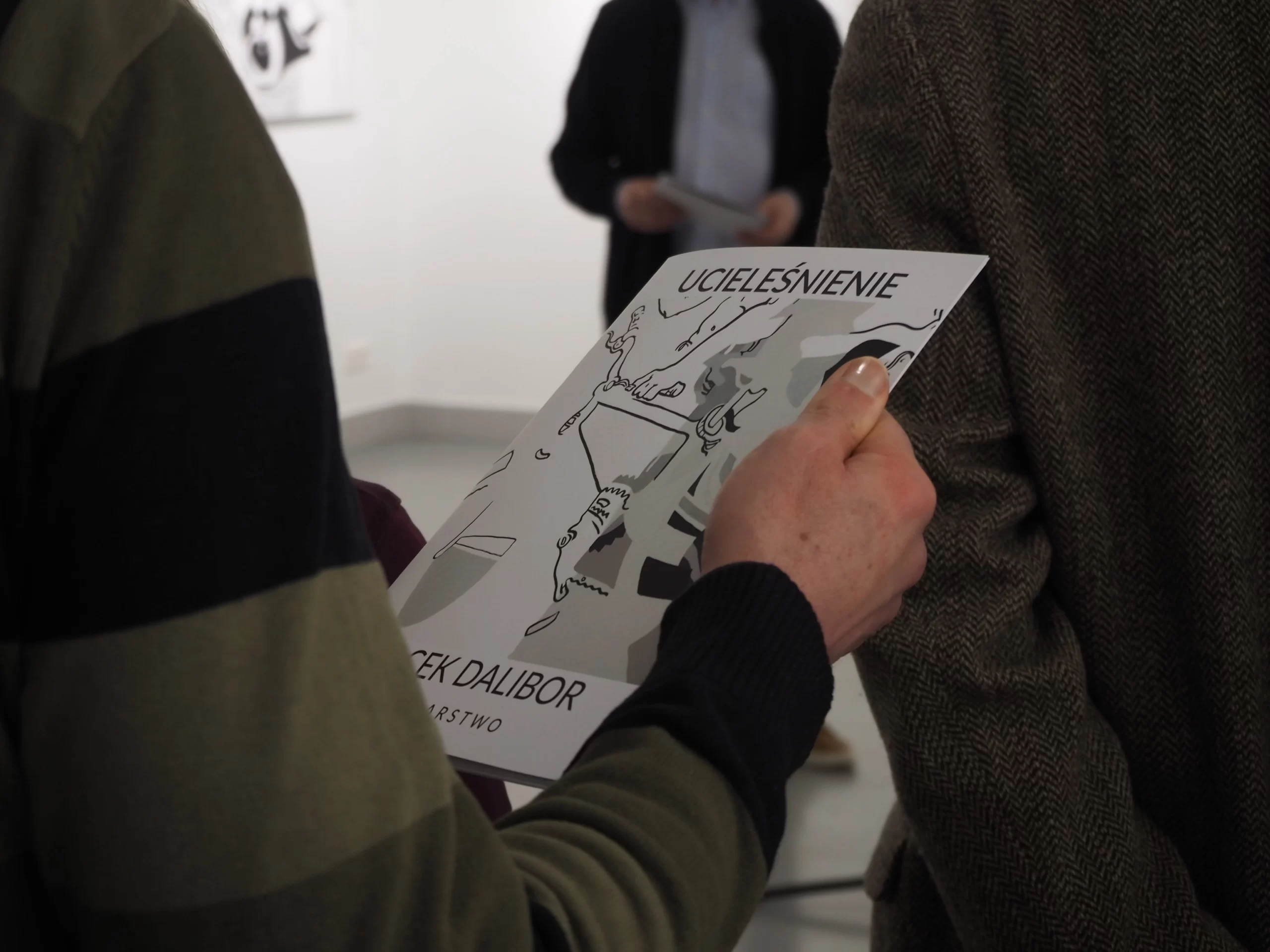
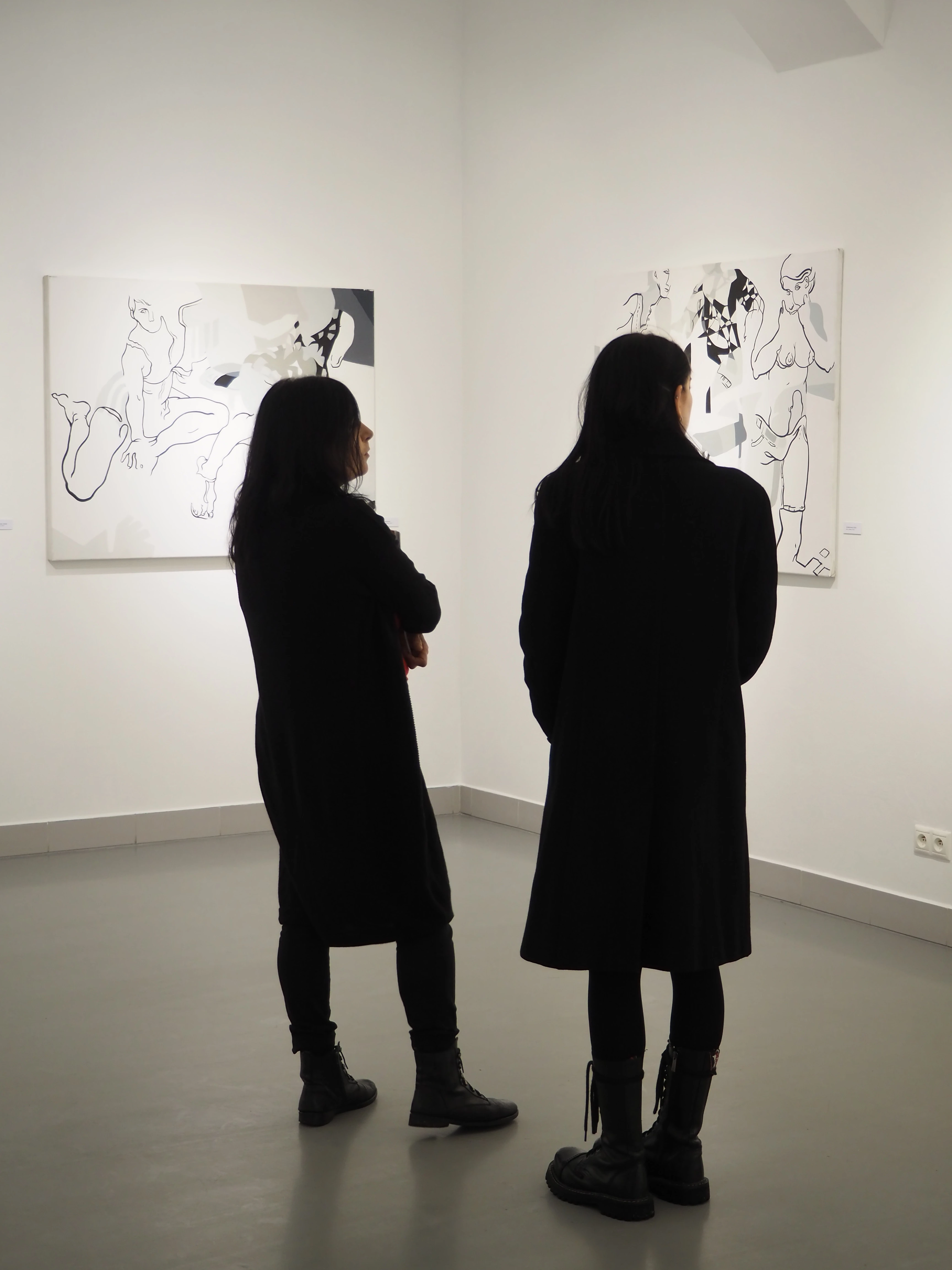
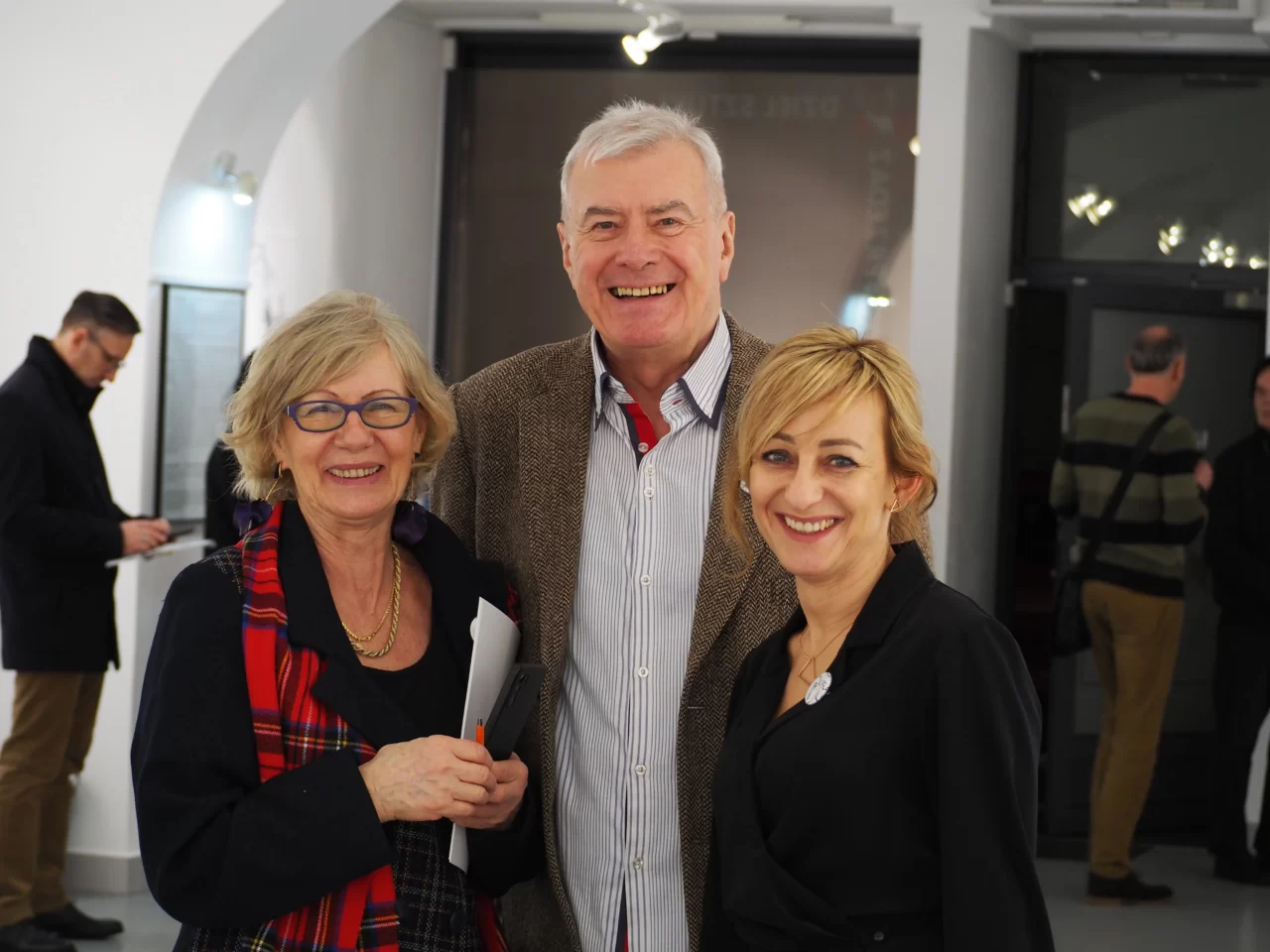

https://www.walbrzych24.com/artykul/39331/k/14/ucielesnienie-wystawa-jacka-dalibora-w-bwa